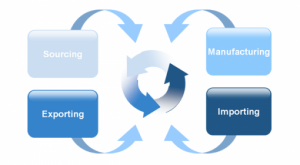Production process of natural SVR 3L
In the TSR system, rubber 3L is produced through many technologies, we offer advanced technical processes and experiences. Here, we apply to all the same trees in Vietnam, producing the same mixture.

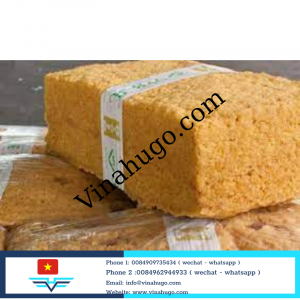
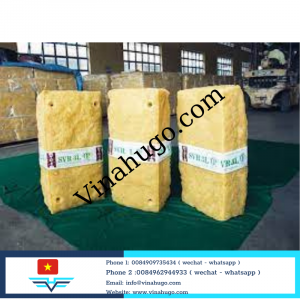
1.Preparation and reception:
a. Prepare:
Rubber 3L
-The correct use of antifreeze is very essential, currently the most common is NH3ếnext to Na2SO3plant varieties.” Regardless of the type used, the following factors must be considered, in order to give the appropriate concentration and dosage. (too much, or too little both greatly affect the quality of the product):
- Varieties and year of planting of the orchard: Considering the susceptibility of the plant variety to oxidation and fermentation, which changes the properties of the latex, the old tree changes its latex very quickly.
- Transport distance to factory, weather
-Antifreeze prepared in advance, especially Na2SO3 cannot be left overnight
b. Receive:
Rubber 3L
- Antifreeze must be put into the latex after shaving as soon as possible, this has to take into account the low cost and benefit, the introduction of the latex too late will no longer work or have little effect, so must consider the specificity of each place to take useful measures. When transporting latex to the factory, it is necessary to classify raw materials, only dividing them into 2 types (this distinction helps us to choose good raw materials to get quality products).
- Type 1: No change in character (piggy), white in color, not necessarily too white.
- Type 2: changed properties, the color is too yellow
-If we don't distinguish well here, then when we get confused, we won't have a quality product.
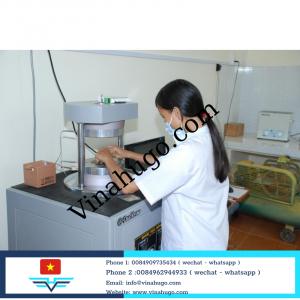
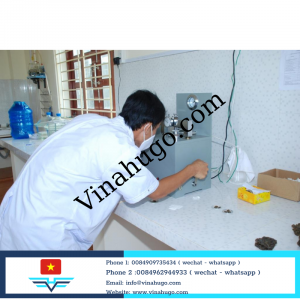
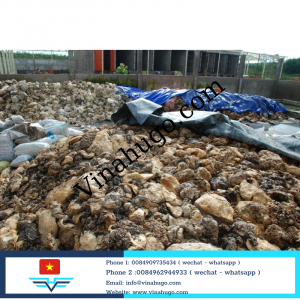
2. Material handling:
Rubber 3L
Check pH index, TSC%, contaminant
Observe to remove visible contaminants, invisible substances such as sand must be sieved, in areas without sand, when scraping at a low mouth and in the process of collecting latex will not be contaminated with sand. In latex, these areas only need to use a comb sieve with 2 cup holes, but in sandy areas, a 60 mesh sieve must be used (*), if you use a tank sieve, change the sieve to clean the pine needles. drain for the next batch of the sieve.
The pH index and observation of pus characteristics to determine for the next anticoagulant consider whether the pH value of NH3 antifreeze is different from Na2SO3, the latex of the NH3 smallholder area has a high pH >= 9, while Na2SO3 only needs pH = 7 max. When the pH index is controlled, the quality of latex has a good color, in addition, it also affects the Po index of the finished latex.
Determine TSC% converted to DRC% empirically (with a common conversion table), use this index to reduce the content to a uniform level that can be from 20 to 27% more or less depending on the quality quantity of product, it is common to note that the content has an effect on the Lovibond color index, but there must be a difference of 4 or 5 units, which can also affect the corresponding Po index.
*Note: For the collection of latex materials in the smallholder area:
- To prevent gardeners from mixing substances such as lime gypsum with some substances that increase the content but cannot be detected during baking, the factory can apply density measurement to prevent this. Make a control sample with the densities of the control sample being completely unadulterated, usually around 0.96 (but must be specific to take 2 odd numbers). After that, just measure the samples of the gardener, if the density of the sample exceeds the reference weight, it is not accepted, (usually when there are measures to overcome, they will not do that anymore).
- If they control the pH they will use a small amount of NH3 for the smell and they will add a small amount of a strong base they will have an excellent low pH antifreeze. We also have a method to detect this case.
Use water to homogenize the content as above, stir well within 10 minutes, let it settle naturally depending on the dirtiness of the orchard and in the rainy season, the impurity is high, so it should settle for a longer time (about 10 to 10 minutes). 20 minutes), use a high-pressure nozzle to spray down the foam on the surface (this foam is easy to freeze to prevent pus moving and is sensitive to air, so it is easy to oxidize).
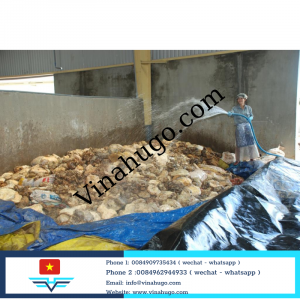

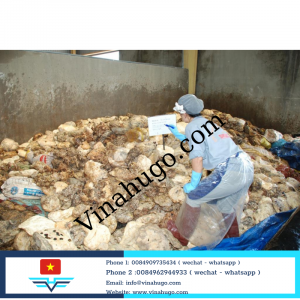
3. Create freezing:
a. Manual:
Rubber 3L
Collect pus samples on coagulation pits, Accurately measure 100 ml into a beaker, acetic or formic acid solution concentration from 0.5 to 2% (determining this concentration to be appropriate must be based on many factors, necessary contact the author) on a burette, put the fish in the sample, turn on the stirrer, drop dd acid drop by drop, use a pH meter to determine, when the pH reaches the appropriate value, stop dd acid and Read the amount of dd acid consumed and apply the formula (note: pH index from 4.7 to 5.6 this index greatly affects the production cost and product quality, it is necessary to have experience to determine the index). suitable pH, the author can be contacted).
Formula: V (acid needed) = V(pus) X V (acid) / 0.1 X 100
- V(pus) : volume of one pit (liter)
- V(acid): volume of dd acid determined (ml)
- V(acid needed): amount of acid needed for one pit of pus (liter)
Break the required amount of acid into several small parts along the pit, water evenly on the pit and use the stirrer to stir and quickly, when there is a phenomenon of freezing, stop immediately. Mix a 5% solution of Metabisulfite (Na2S2O5) and spray it on the surface, note: spray mist when the surface of the latex has just frozen, drain the surface, late spray will lose its effect, spray the slimy surface early.
b. Two streams:
Calculate the volume of the acid tank and the pus tank proportionally so that once coagulating is a latex pool and an acid bath, normally the capacity of the tank is equivalent to 20% of the capacity of the latex pool to be frozen. Acid concentration as above, open the faucet for two streams to flow together, take a sample to determine the pH = 4.7 to 5.6 (note: this index and the arrangement of the faucet basin, the way to lower the foam, greatly affect the cost. production and product quality need to be experienced to determine the appropriate pH index, can contact the author), use high pressure nozzle to spray on the surface to reduce foam, as little foam as possible, spray metabisulfite as above. Based on the pH index to adjust the amount of acid coagulation, due to the purulent ditches.
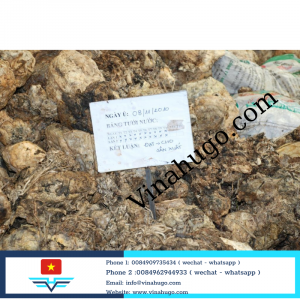
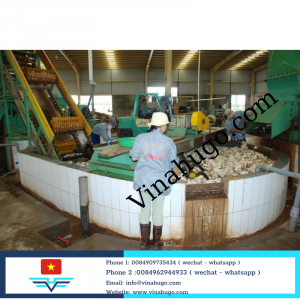
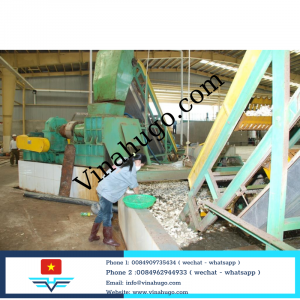
4. Processing, rolling, washing, granulating:
Normally after 8 hours of freezing, it is possible to process lamination, but stable forming latex for lamination is the best and should be processed as soon as possible, because a large quantity will last all day, this is a From experience, freezing must be performed so that the front and rear rolling pits do not differ much in properties (contact the author). During this process, the following requirements must be ensured: Sheets of latex and granules must be as even and small as possible. The serum must be squeezed out and washed clean. There are always 3 trolley boxes waiting for latex to be dried before the oven.
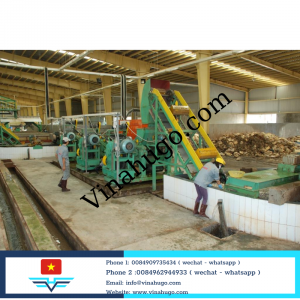


5. Drying:
We only refer to the trolley dryer
The operation of the drying oven depends on each specific kiln, it is possible that the kiln has the same capacity but more or less different. As a general rule, the kiln operator must know based on the transformation or formation of the previous stages (receiving, coagulation, rolling), when fully grasping and knowing the above information can give predict the drying mode (including: temperature of one - two - three burners, time for a trolley, steps in the sequence of burner opening and burner shutdown). Regular monitoring during the drying process is essential to avoid problems and to adjust the drying mode when it is not suitable.



6. Packing, packaging:
Depending on the customer's request, this process should be noted: sorting out the same, uniform color pus, removing the black dots and vital points from the pus, finding the cause to completely overcome.
Sampling to determine quality (quality control): A batch of latex has 2 pallets, each pallet has 36 latex balls (33.33 Kg and 35 Kg bags), arranged in 6 layers, each layer has 6 latex balls, samples are collected. cut at the two diagonal ends of the root of the pustule (about 200 grams), the samples are arranged in layers 1,3,5. Lined two diagonal carpets and carpets each layer of latex.



7. Notes:
In all processes, a form must be created so that the data is recorded specifically and can be traced back to the source when there is a problem.
Contact: VINAHUGO.COM - Vietnamese goods exported to the world
VINAHUGO. LIMITED LIABILITY COMPANY
Phone: 0084909735434 (wechat - whatsapp)
Email: info@vinahugo.com
Website: Vinahugo.com
Facebook: https://www.facebook.com/Rubber-SVR-3L-100862102228970
Twitter: https://twitter.com/VVinahugo
Pinterest: https: //www.pinterest.com/sales1vinahugo/_saved/
svrrubber
#svr3l
#svr3lrubber
#naturalrubbersvr3l
#svr3lrubber
#svrcv60
#Skimblock
#str20rubber
#strrubber
#STR3L
#SCR3L
#SCR20
#scr10
#smr3l
#smr20
#smrcv60

